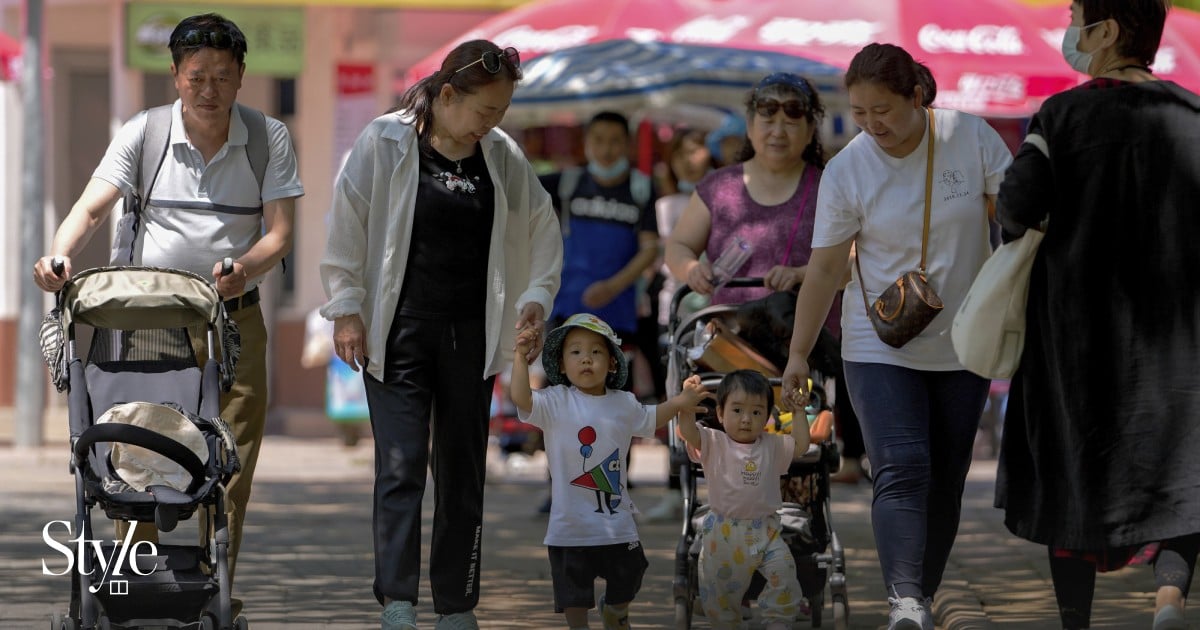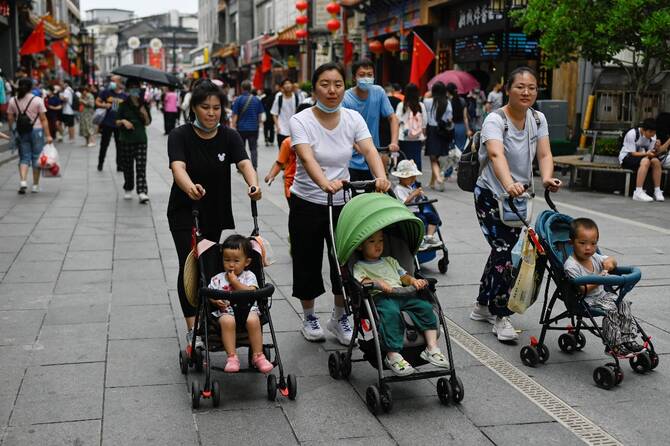New Subsidy Aims to Help Families
China announced a fresh plan to pay families 3,600 yuan each year for every child under three. That equals about 500 dollars. The benefit starts retroactively from January 1, 2025. It covers children born in 2025 and those born before who remain under three. The move marks the first time Beijing has offered a direct cash payment to households at a national level.
Birth Numbers Keep Dropping
China’s birth count fell for the third year in a row. In 2024, only 9.54 million babies came into the world. That is half the births seen in 2016 when the one child rule ended. At the same time the total population fell by 1.39 million to 1.4083 billion.
Experts say that even a Year of the Dragon did not boost births. Marriage rates plunged to just over 6.1 million couples in 2024. That is the lowest level since 1980, and it shows people are delaying or skipping marriage and child rearing.
Budget and Limits
The plan has a budget of 100 billion yuan, about 13.8 billion dollars. Half is cash and half is in vouchers for baby goods. Yet raising one child in China costs on average 538,000 yuan. Many say the new aid covers only a fraction of real costs. Zichun Huang of Capital Economics warns that cash sums now may not lift birth figures or spending soon. He adds that more steps could follow if the policy proves weak.
Local Examples Offer Clues

Some provinces already try to boost births with local help. In Inner Mongolia’s capital, Hohhot, families with three or more children get up to 100,000 yuan. In Shenyang, moms of a third child receive a monthly payment of 500 yuan until the child turns three. One city in Hubei province saw births jump by 17 percent after it launched vouchers, cash and other freebies last year. These local pilots show that bigger rewards can nudge choices.
Long Run Risks and Projections
China’s fertility rate now sits near 1.01. That level is close to South Korea’s 0.73 and Taiwan’s 0.86. Both places are already struggling with very low birth rates. United Nations experts suggest China’s population could drop from 1.4 billion to 800 million by 2100. A shrinking workforce and more retirees can slow growth and strain services as more people reach old age.
Personal Analysis
I think that cash help is a start but is not enough to change family plans. Life costs in cities are high and jobs demand long hours. Young couples may stay single or delay having kids if they feel pressure from work and housing bills. The new fund may ease a small part of costs, yet deeper reforms on work hours, housing and child care access seem needed.
If the state builds day care centers, offers longer leave and cuts housing fees for young families, then more people might choose to raise kids. For now the focus on cash is a step in a long march to balance a shrinking nation and a rising need for new citizens.
Sources: cctv.com


